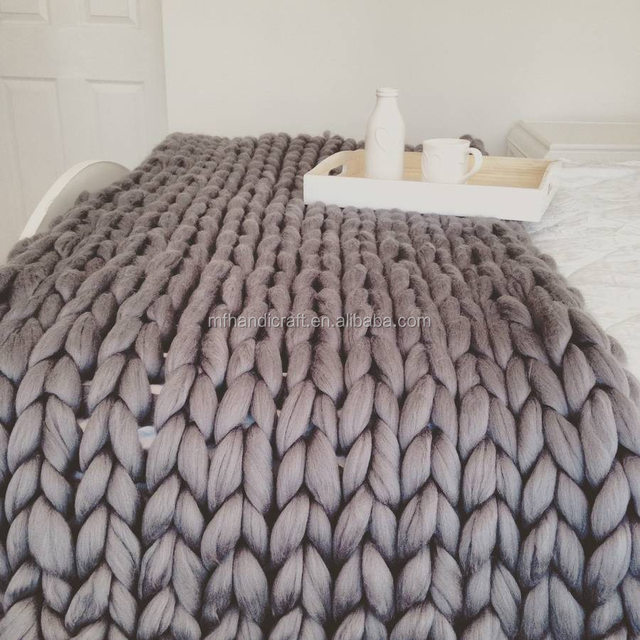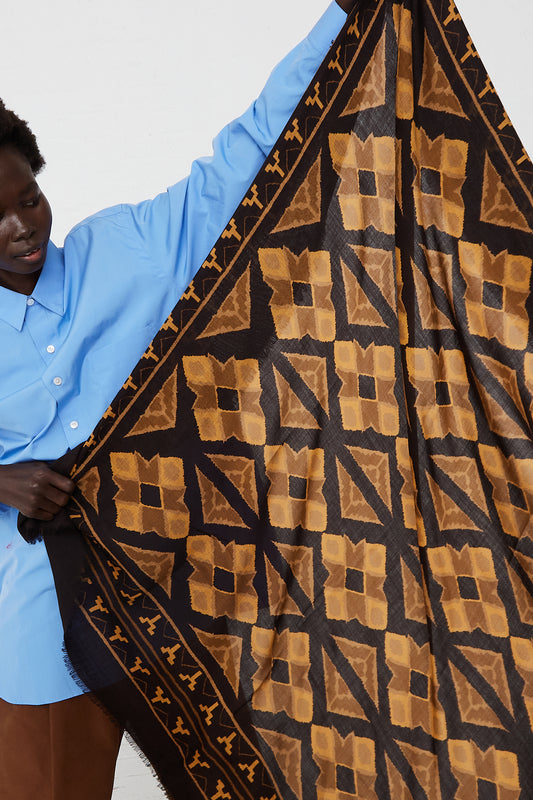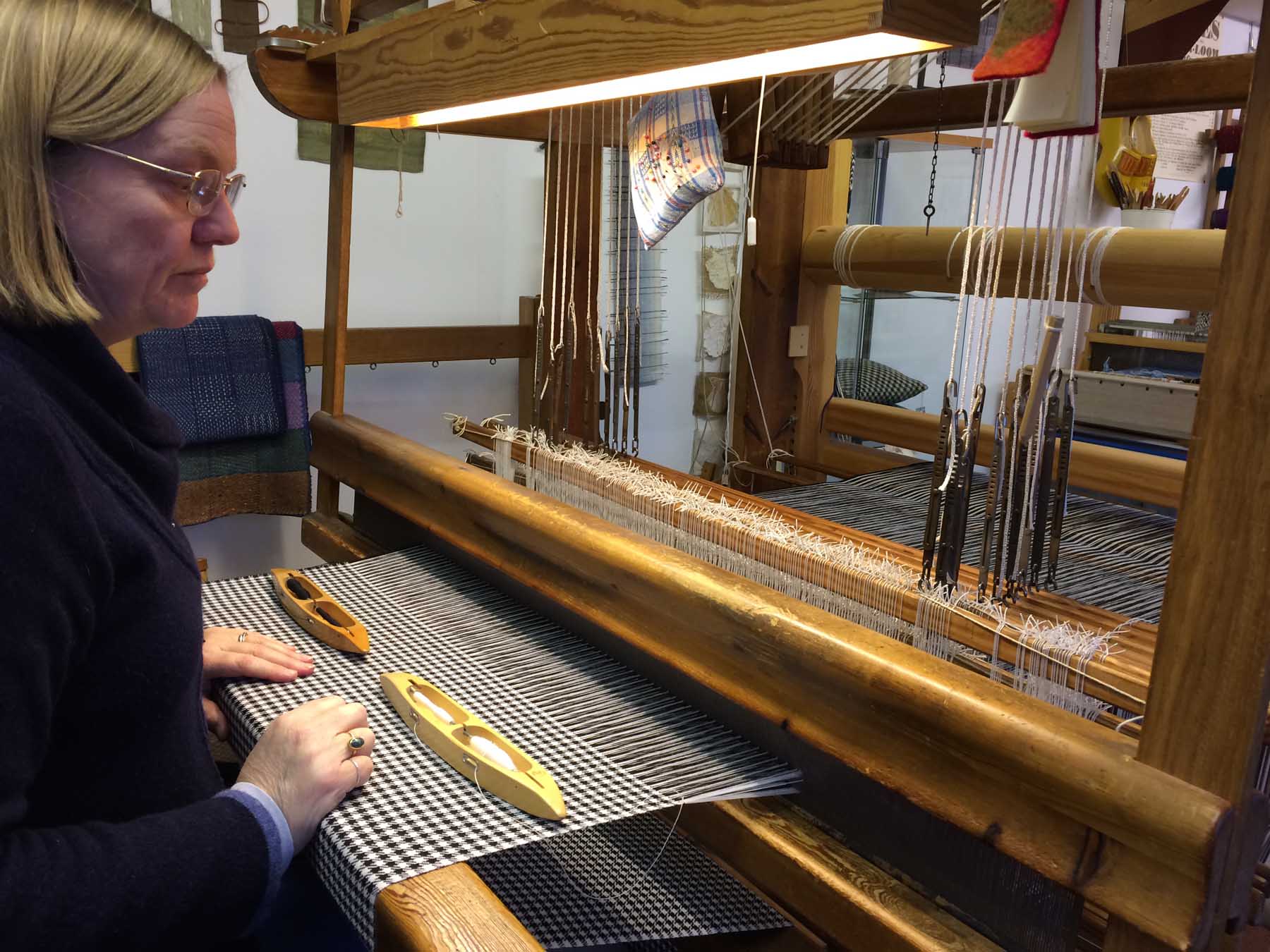Weaving Techniques for a Scarf: Top-Down and Bottom-Up Methods
This article introduces two weaving techniques for making scarves: top-down and bottom-up methods. The top-down method involves weaving from the top edge of the scarf down to the bottom, while the bottom-up method starts at the bottom edge and works up towards the top. Each method has its own advantages and disadvantages, with the top-down approach being quicker but resulting in a scarf that is less elastic, and the bottom-up method taking longer but resulting in a more elastic scarf. The article also provides tips on choosing the right technique for different types of scarves, such as plain, lace, or pattern scarves.
When it comes to crafting a beautiful and functional scarf, the type of knitting technique used can significantly impact the final product. In this article, we will explore two common methods for creating scarves: top-down and bottom-up knitting. We will provide instructions and videos to help you understand and master these techniques.

Top-Down Knitting for a Scarf
Top-down knitting, also known as increasing knitting, starts at the top of the scarf and works towards the bottom. This technique is ideal for creating scarves with a gradual increase in width. It allows you to create a stunning, tiered effect that can be tailored to your individual style.
To get started, cast on a small number of stitches at the top of your scarf. Using a multiple of four for your initial cast-on stitches is recommended. Next, choose a simple stitch pattern such as garter stitch or stockinette stitch to work with.
Once you have completed your initial rows, it's time to start increasing. There are several methods for increasing stitches, including increasing at set intervals or in a specific pattern. Experiment with different techniques until you find the one that best suits your scarf design.
As you work your way down the scarf, continue to increase stitches until you reach the desired width. Be sure to keep track of your stitch count to avoid making mistakes. When you reach the bottom of the scarf, finish off with a few rows of plain stockinette stitch or garter stitch to create a clean edge.
Bottom-Up Knitting for a Scarf
Bottom-up knitting, also known as decreasing knitting, starts at the bottom of the scarf and works towards the top. This technique is perfect for creating scarves with a narrow base that gradually flares out towards the top. It's also a great way to use up leftover yarn from previous projects.

To get started, cast on the desired number of stitches at the bottom of your scarf. Remember to use an even number of stitches for a smooth finish. Next, choose a stitch pattern such as reverse stockinette stitch or twisted garter stitch to work with.
Once you have completed your initial rows, it's time to start decreasing. There are several methods for decreasing stitches, including simple knitted-together rows or using a cable needle to cross stitches over each other. Experiment with different techniques until you find the one that best suits your scarf design.
As you work your way up the scarf, continue to decrease stitches until you reach the desired width at the top. Be sure to keep track of your stitch count to avoid making mistakes. When you reach the top of the scarf, finish off with a few rows of plain stockinette stitch or garter stitch to create a clean edge.
Weaving Techniques for a Scarf: Top-Down and Bottom-Up Methods | 1/2
Now that we have discussed both top-down and bottom-up knitting techniques for creating scarves, it's time to delve into the world of weaving. Weaving allows you to create intricate patterns and textures in your scarves that would be difficult to achieve with traditional knitting techniques alone.
In this section, we will explore two common methods for weaving scarves: the simple weave and the complex weave. These techniques can be used in conjunction with either top-down or bottom-up knitting to create stunning scarves with unique patterns and textures.
Simple Weave Technique

The simple weave technique involves taking two strips of yarn (usually in contrasting colors) and interlacing them together using a simple over-under pattern. This technique can be used to create striped patterns or color combinations that would be difficult to achieve with traditional knitting techniques alone.
To get started, cast on your desired number of stitches using two separate skeins of yarn in contrasting colors. Next, work your way down (or up) the scarf using either top-down or bottom-up knitting techniques until you reach the middle of the scarf widthwise (if working flat). At this point, switch to working in rounds instead of flat rows so that both edges remain even throughout the weaving process described below:
Round 1: With Color A (blue), work a row of garter stitch (knit every round).
Round 2: With Color B (red), work a row of reverse stockinette stitch (purl every round).
Repeat these two rounds until desired length is achieved for your simple weave pattern! You can experiment by changing colors after every few rounds instead if desired – have fun exploring different color combinations until you find one that suits your vision best before moving on to more complex patterns described below: Complex Weave Technique
The complex weave technique involves using three or more strips of yarn interlaced together according to specific patterns such as herringbone, basketweave, or Argyle patterns commonly seen in traditional woven fabrics like
Articles related to the knowledge points of this article:
How to Make a Tie: A Comprehensive Guide to Creating Your Own Handsome Accessory
Title: Leading with Empathy: How to Foster a Supportive and Productive Work Environment
Title: Should Men Wear Ties with Shirts Alone?
Title: The Taboos of Sending Ties: A Comprehensive Guide
Title: The right size for the right fit: Choosing the right jacket size for your body type
Title: Mastering the Art of Tie Knots: A Comprehensive Guide to 15 Different Tie Styles



